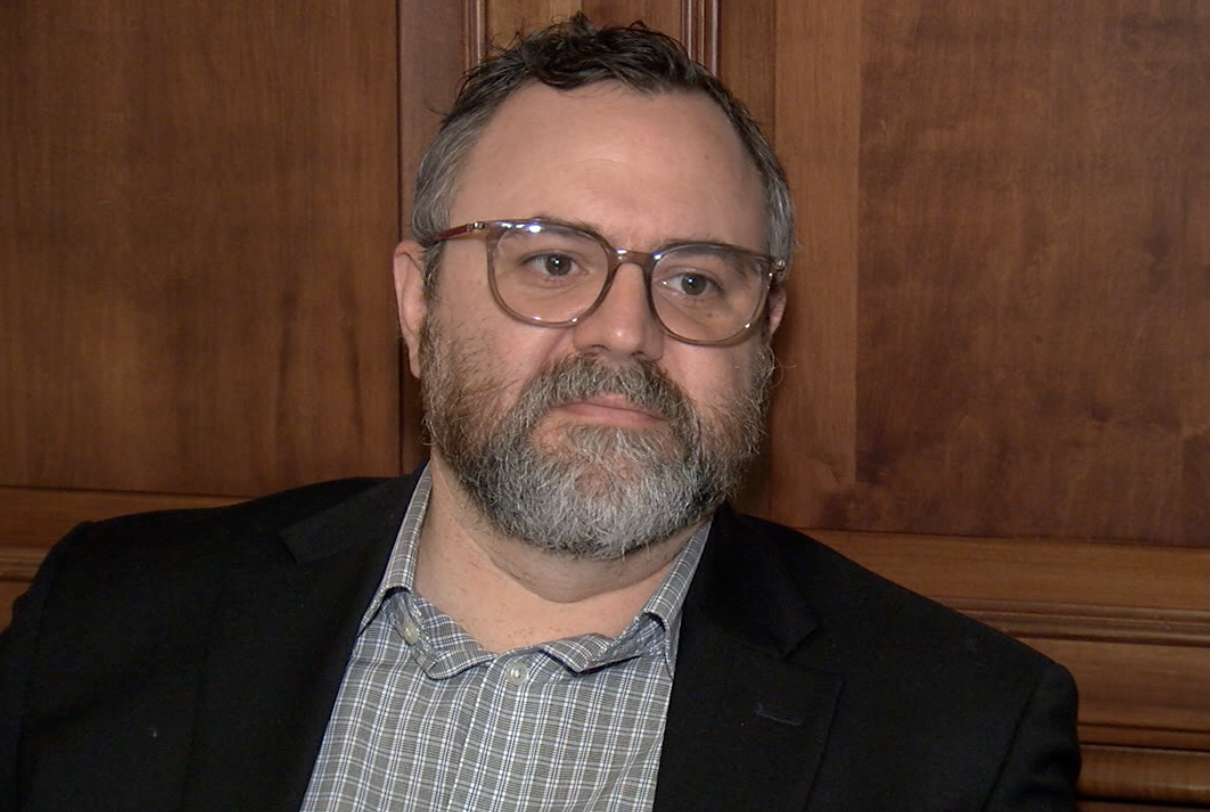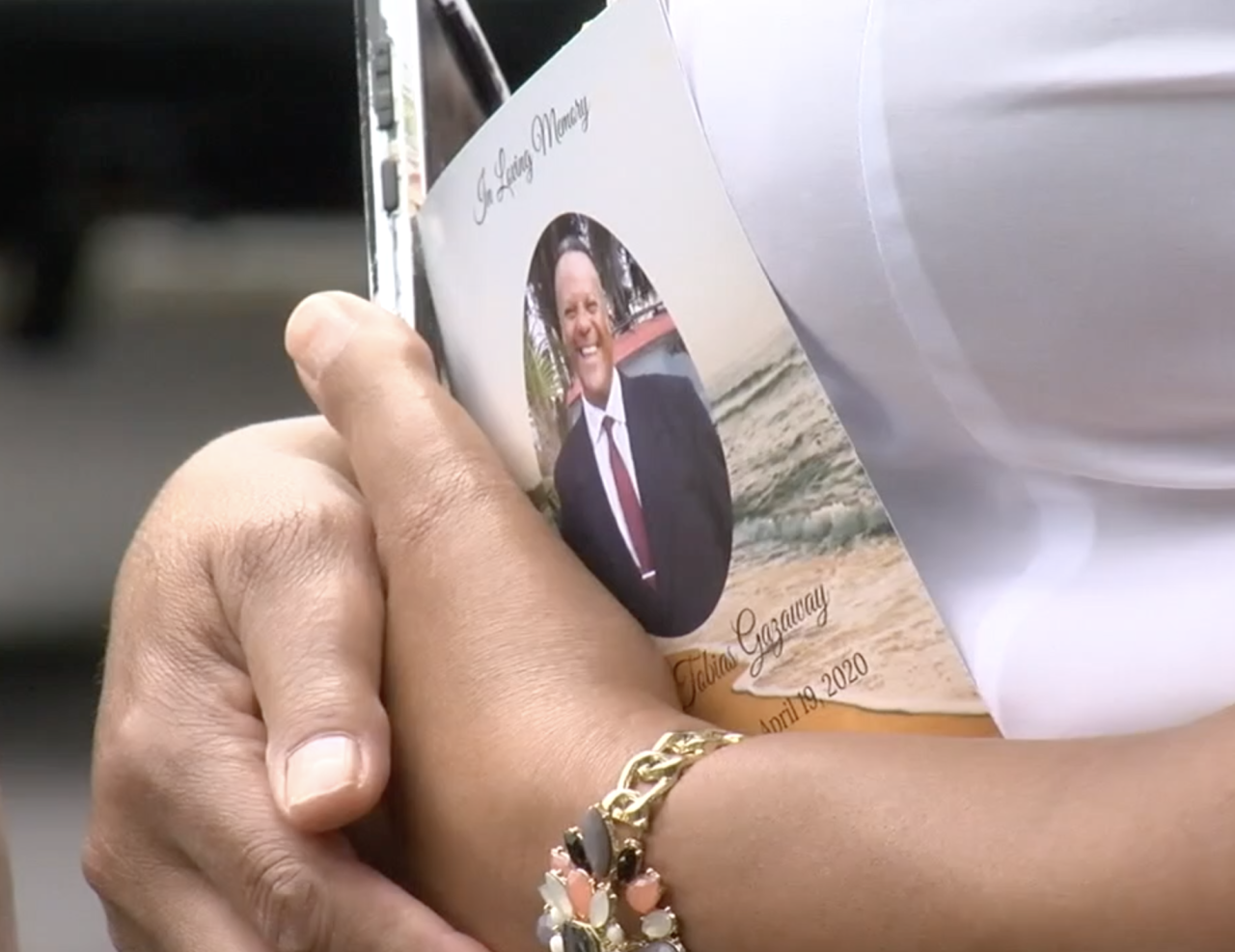CINCINNATI — The Ohio Department of Health has spent more than $56,000 on legal bills to fight WCPO to keep the number of nursing home COVID deaths at each facility hidden from the public.
WCPO obtained the state’s legal invoices this week through a public records request. They show the state, through the Ohio Attorney General’s office, is spending $200 per hour on attorney Dale Cook of the Columbus law firm Isaac Wiles to fight WCPO’s request for public information on COVID death numbers at Cincinnati-area nursing homes.
“These are the people’s records. They are not ODH’s records. They belong to every citizen in the state of Ohio,” said WCPO attorney Darren Ford.
WCPO filed a complaint against the Ohio Department of Health in August 2020 for that public information and won in the Court of Common Claims.
Attorneys for Ohio’s health department tried to argue that death information is private under state law. Special Master Jeff Clark disagreed, noting that the information is already available on death certificates, which are public records. He ruled that officials violated the state’s public records law when they refused to release to WCPO the number of COVID-19 deaths at a Cincinnati nursing home. A judge later adopted that ruling.
But the health department appealed its loss to the 10th District Court of Appeals. The appeals court heard arguments in mid-November in WCPO’s case and four other similar cases that all involve the state’s refusal to release COVID death information.
“With all the misinformation out there nowadays, isn’t that what we want people to do instead of making up numbers or getting it from really unreliable places? Just to ask the state how many people have died of COVID in the state of Ohio last year,” said Attorney Matt Miller-Novak, who represents a Columbus woman in her quest for basic COVID death information.

More than 8,000 people have died of COVID-19 in long-term care facilities in Ohio since the pandemic began. But where they died is still a secret.
“They’re just asking for the reliable true statistics of the pandemic and the deaths that it’s caused or hasn’t caused. It’s that simple,” Miller-Novak said.
Other states such as Michigan, Indiana, Kentucky, Pennsylvania and West Virginia do release that information.
The Ohio Department of Health's website shows how many COVID cases have occurred at each long-term care facility. But it does not show the number of COVID deaths, making it impossible to know which facilities had widespread fatal COVID outbreaks.
“I don’t want another family to be in the position that we were,” Joy Gazaway said. “I feel that is public information and it will help us to make decisions.”

In an interview last April, Joy Gazaway said that information would have helped her choose a nursing home for her 60-year-old brother, Donald Gazaway, who died in 2020 of COVID. He died three weeks after he arrived at a Cincinnati nursing home to recover from a stroke.
That taxpayer-funded legal cost to fight WCPO could rise significantly in the coming weeks. To date, the state has only approved invoices for legal services performed through August. That does not include the time spent for lawyers to prepare and argue in front of the appeals court.

Depending on how the appeals court rules in the coming weeks, attorneys could ask the Ohio Supreme Court to take the case. If that happens, it could increase the state’s legal bill exponentially. But it would also have a lasting impact on future public records requests.
“This case will govern how similar requests in the future for cause of death would be handled,” Ford said. “So that we don’t have to go through this again. We don’t have to litigate this. We can just get that information, hopefully in real time … and be able to report that to the public.”
“We have to look to the future,” Ford said. “That would bind every other court in the state.”





